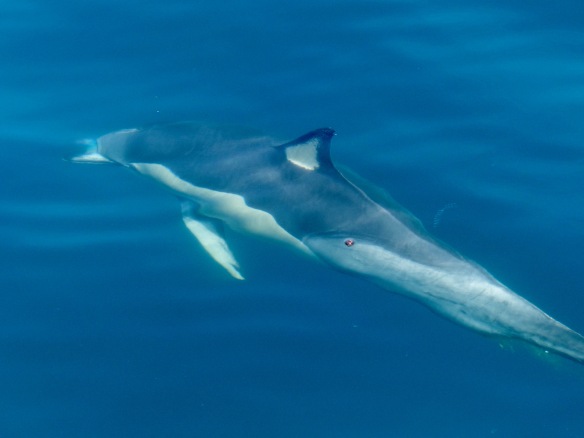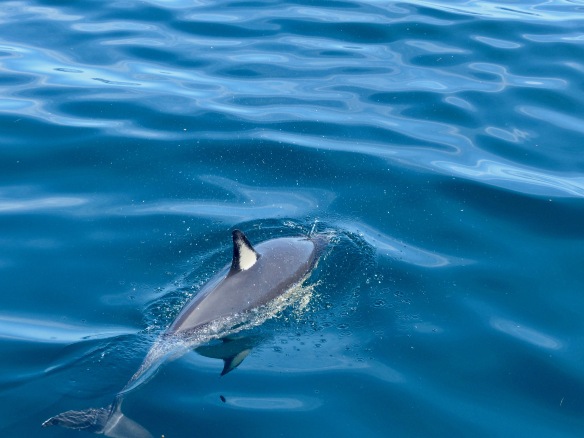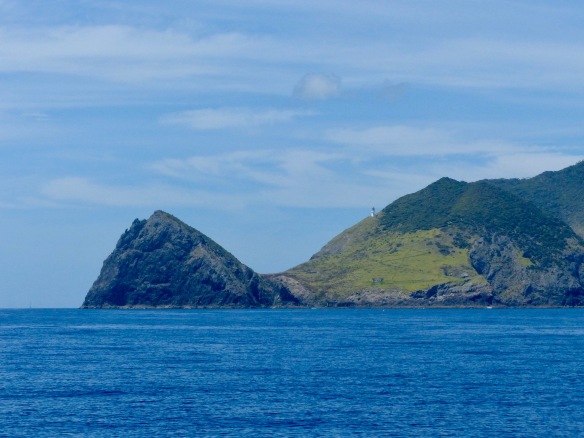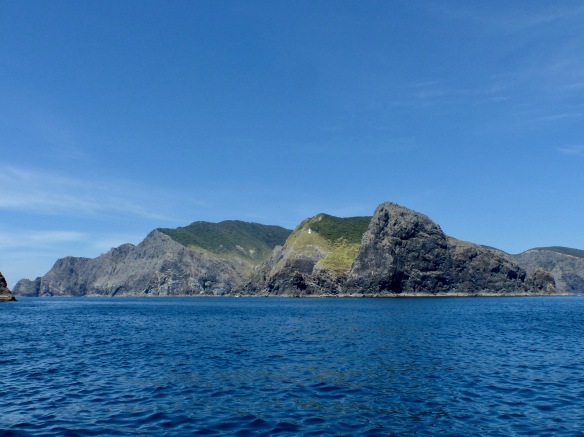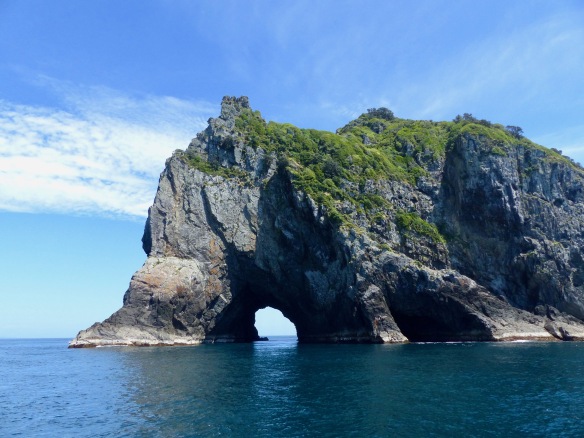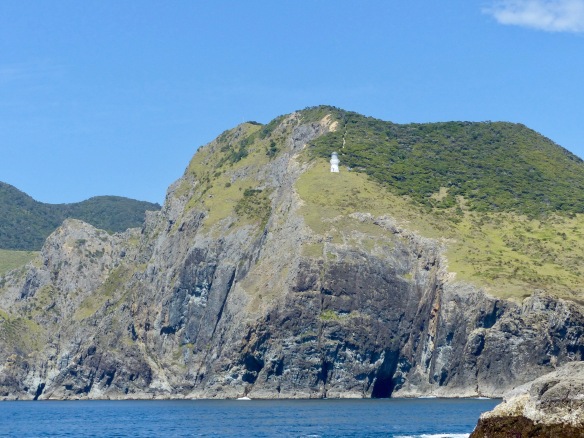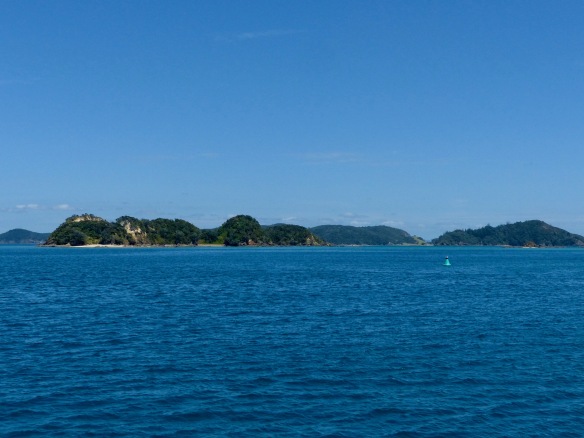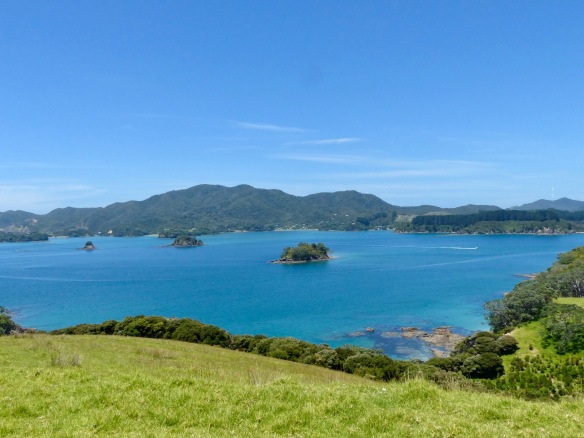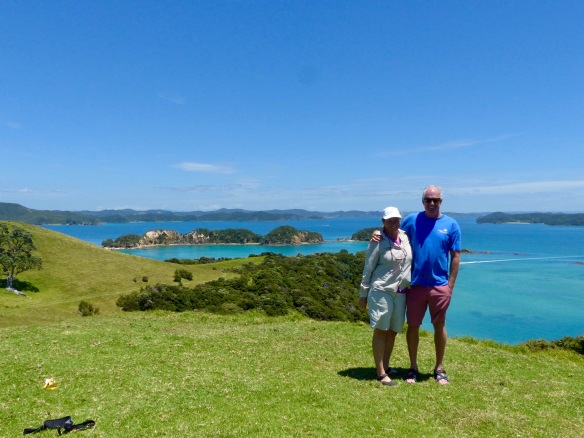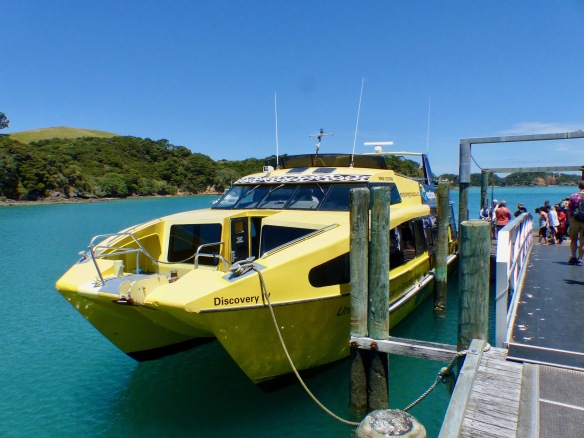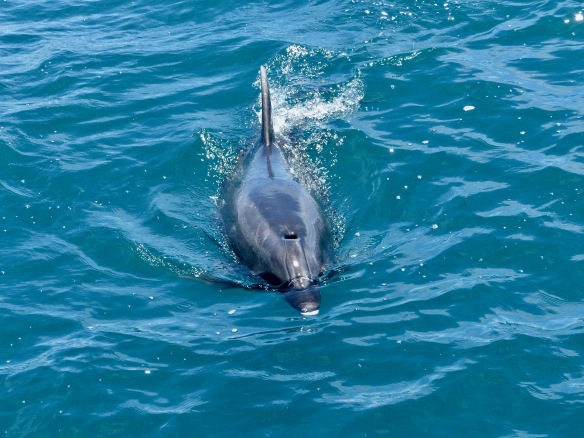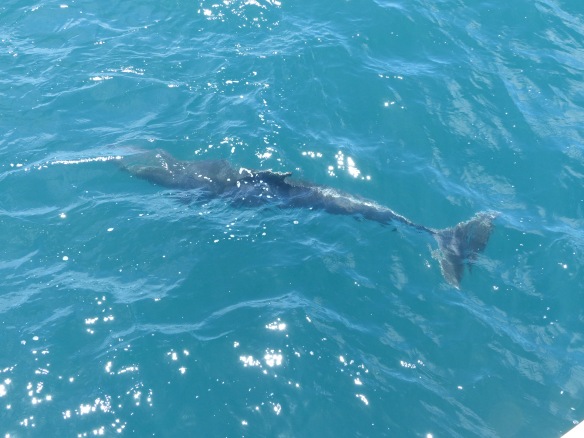Our journey around the South Island of New Zealand began in Christchurch. A morning flight from Auckland went smoothly and our luggage arrived without mishap, so that was a good start. Interestingly enough, no one checked our identification even once during the trip! As the car rental company I had chosen didn’t have a desk at the airport, we telephoned them and their van came to pick us up without delay. About New Zealand is the slightly lower budget version of Apex Car Rental– same ownership and facility, just slightly older cars. Our Toyota Rav 4 was a little scuffed around the edges but seemed in decent working order. I had requested a vehicle with side rails on the roof to make carrying a surfboard easier, but that wasn’t to be. Michael assured me it would be fine and he could cope, so off we went.
The last time I had been in Christchurch was in February of 2009, almost two years before the devastating earthquakes in September, 2010 and February, 2011, which shook the region and caused extensive damage in the city. Though the city has progressed mightily in its long, slow recovery, some things will never be the same. In particular, ChristChurch Cathedral, a major landmark, was severely damaged and its tower later demolished. However, the Botanic Gardens are alive and well, and as I had so enjoyed them the first time, we set off to pay them a visit.
With cloudy weather and occasional threats of rain, we found the temperature much colder than on the North Island. None of the trees, flowers, or birds seemed to mind however, and the gardens were looking lovely. The Christchurch Botanic Gardens form a spacious city park with walking paths cradled in a great u-shaped bend of the Avon River, which borders it on three sides. One thing I like about the Gardens is the trees. The park is as much arboretum as garden, with huge, mature specimens of trees from all over, including California Redwood and Giant Sequoia. We wandered the paths for a bit until we came to the rose garden, which was in full bloom. It might have felt more like spring than our hoped-for summer, but we had arrived at the perfect time to enjoy the multi-colored splendor of this large and well-tended display. The sights and smells were delightful!














After enjoying the roses, we stopped in to the gift shop and café to poke around. The café was too busy, so, feeling peckish, we wandered out the other side of the Gardens into the city center to find sustenance. We found a cheese monger who provided delicious, bespoke cheese sandwiches on fresh rolls, and also went next door to a Spanish delicatessen where we found some outstanding Salchichon salami. Armed with our picnicn and some steps to sit on, out of the wind, we munched happily. Lunch was followed by a bit of wandering, a look in a few craft shops, and a peek at the Canterbury Museum. We enjoyed more trees and birds on our stroll back through the Botanic Gardens to the car again.


Song thrush
Having navigated our way out of Christchurch’s city center, we drove out to the Banks Peninsula and the town of Akaroa, our destination for two nights. The drive is beautiful as the peninsula is made up of undulating hills which provide lovely views down to the many coves and inlets that form the coastline. Akaroa is situated on a natural harbor, well protected from the open ocean. It was settled by French colonists who claimed the area for France around the same time it was being claimed for England as well. Consequently, the area retains some French influences with place names and cultural identity. Unfortunately, since the weather was not cooperating, it was cold and damp while we were there. Instead of going out on the water on a sailing tour as I had hoped, we chose to stay closer to shore. We did venture out to Okains Bay on the other side of the peninsula and enjoyed spectacular views on the drive over.

Akaroa Harbor stretches a long way into the body of the peninsula.




Okains Bay is a small settlement with a sandy beach on a bay. We checked out the beach and thought it would have been quite inviting in warm weather. On that day it was mostly deserted, except for some Variable oystercatchers.



Mussel beds

A shopkeeper in Akaroa had recommended the small Okains Bay Museum, so we stopped to have a look. This turned out to be a real find! The museum contains artifacts and displays of both the Maori and colonial history of the area. There was quite a variety of things to see and we had the place all to ourselves. One building contained a collection of Maori waka, the traditional ocean going canoes used by the original settlers of New Zealand. There were other beautiful exhibits on Maori life as well.





Of particular interest to me was a display pertaining to some of the early colonial era settlers in the region. As in Russell, the area was frequented by whalers. I noticed mention of one Seth Howland and felt reasonably sure he was probably some distant ancestral relation of mine!

Then, when we were talking to the curator of the museum about my family’s connection to whaling history, she asked if we had seen the scrimshaw of the Charles W. Morgan, a whaling vessel built in New Bedford, Massachusetts, in 1841 by my ancestor, for whom it was named. This surprised me as we had missed it! She had been doing some research while working on renovating the exhibit and had learned quite a lot. Michael and I had been on board the Charles W. Morgan when it was visiting New Bedford in 2014 on its historic 38th voyage. The Morgan, which today is the only wooden whaleship left in the world, frequented New Zealand waters from 1846, calling into the Bay of Islands and Mangonui on the North Island for supplies and Maori crew. Talk about a small world moment! We went back in to see the scrimshaw and managed to capture a few photos to share with you.


After our museum adventure, we drove back over to Akaroa enjoying the views again. It might have been chilly while we were on the Banks Peninsula, but it was still beautiful, and Akaroa is a pretty little town.



More roses!


Next up will be Dunedin, so stay tuned!
See you down the road.

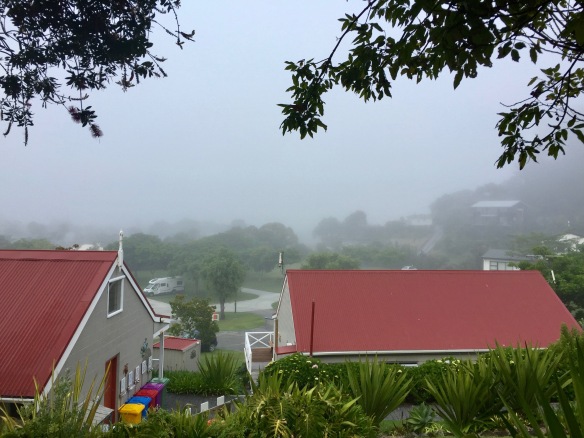




































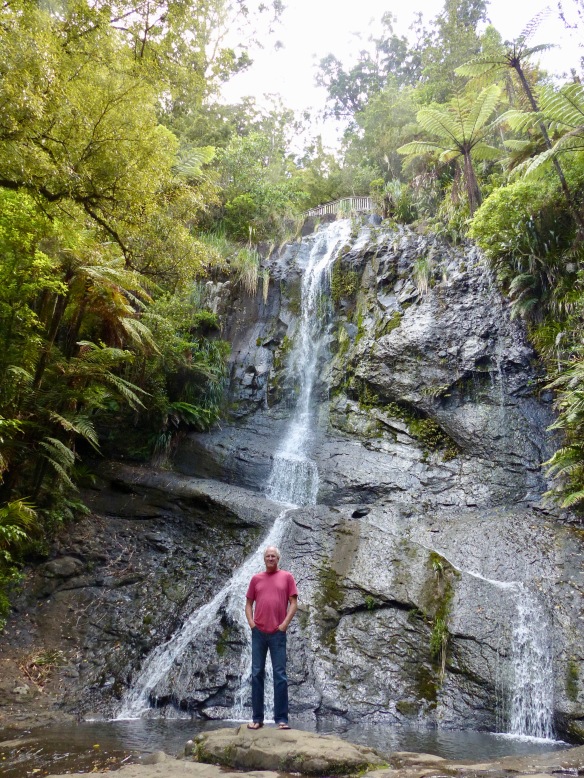


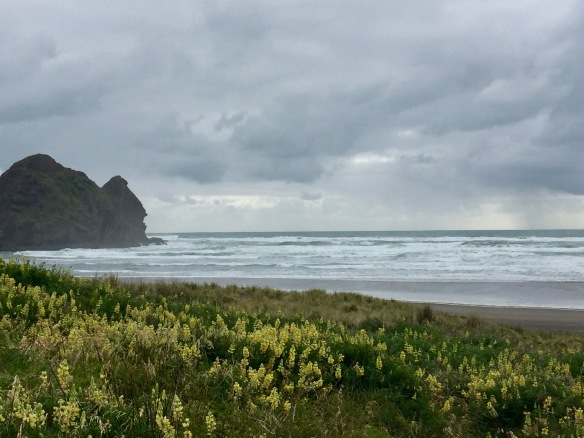

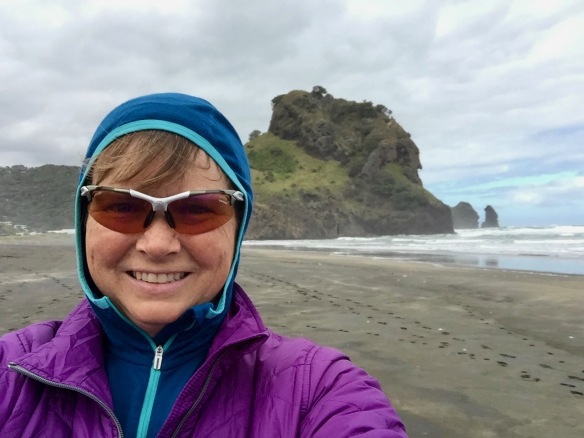
















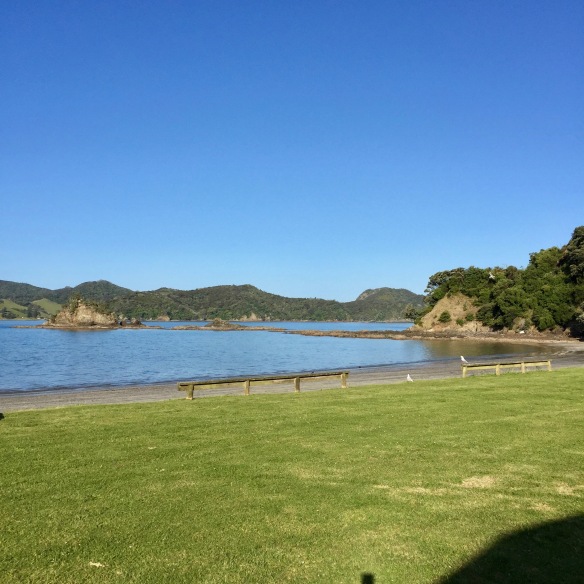



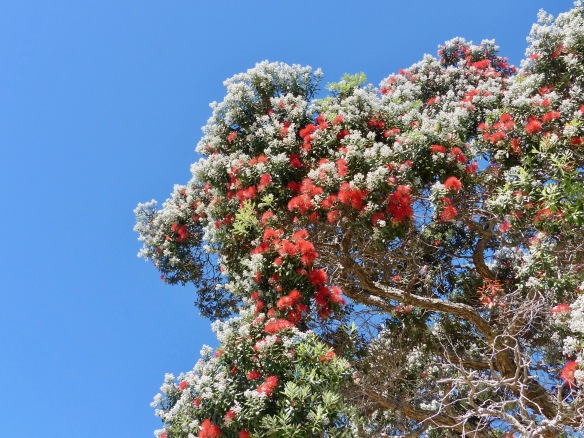


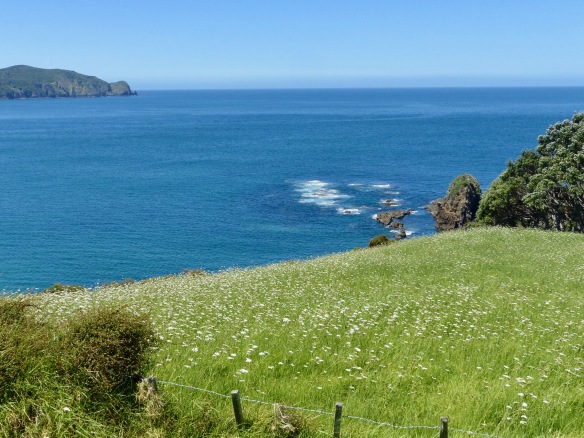

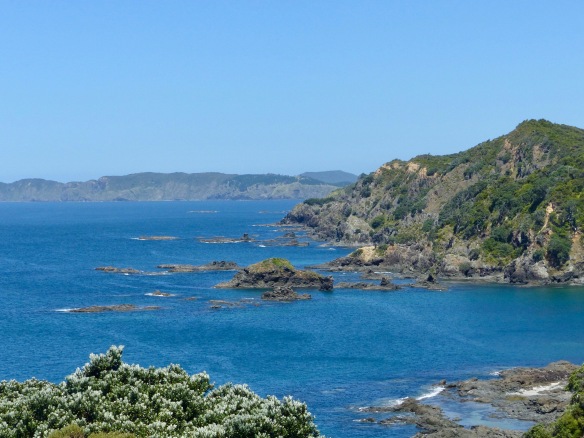





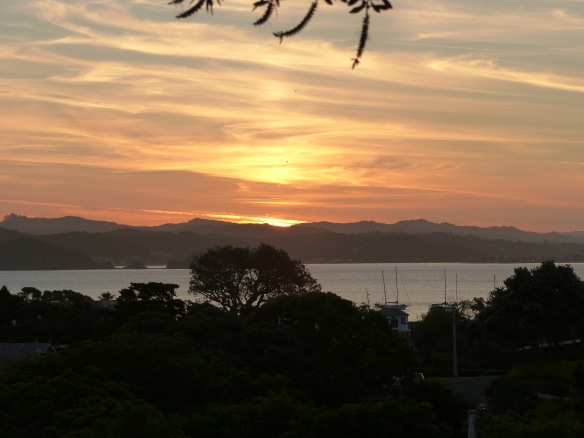

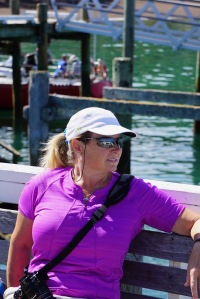

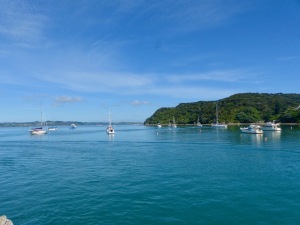

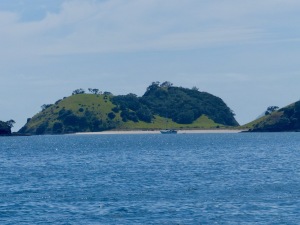

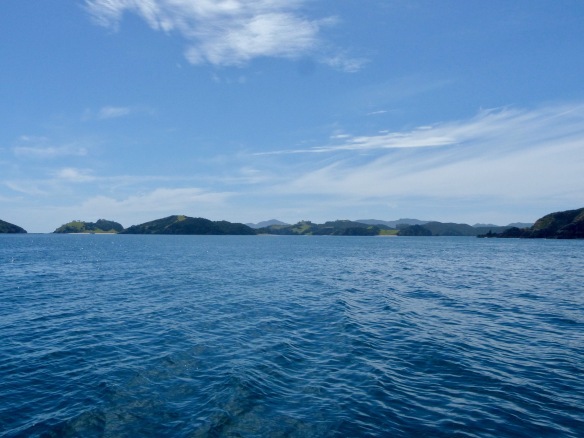 As the name would suggest, there are also a number of islands in the bay, and our itinerary included a lunch stop on one of them. But first, we were treated to a sighting of a pod of common dolphins. They are smaller than the well-known bottlenose dolphins and have white and black or dark grey markings. The water was beautifully clear, so it was easy to see them swimming underwater as well as when they surfaced.
As the name would suggest, there are also a number of islands in the bay, and our itinerary included a lunch stop on one of them. But first, we were treated to a sighting of a pod of common dolphins. They are smaller than the well-known bottlenose dolphins and have white and black or dark grey markings. The water was beautifully clear, so it was easy to see them swimming underwater as well as when they surfaced.
